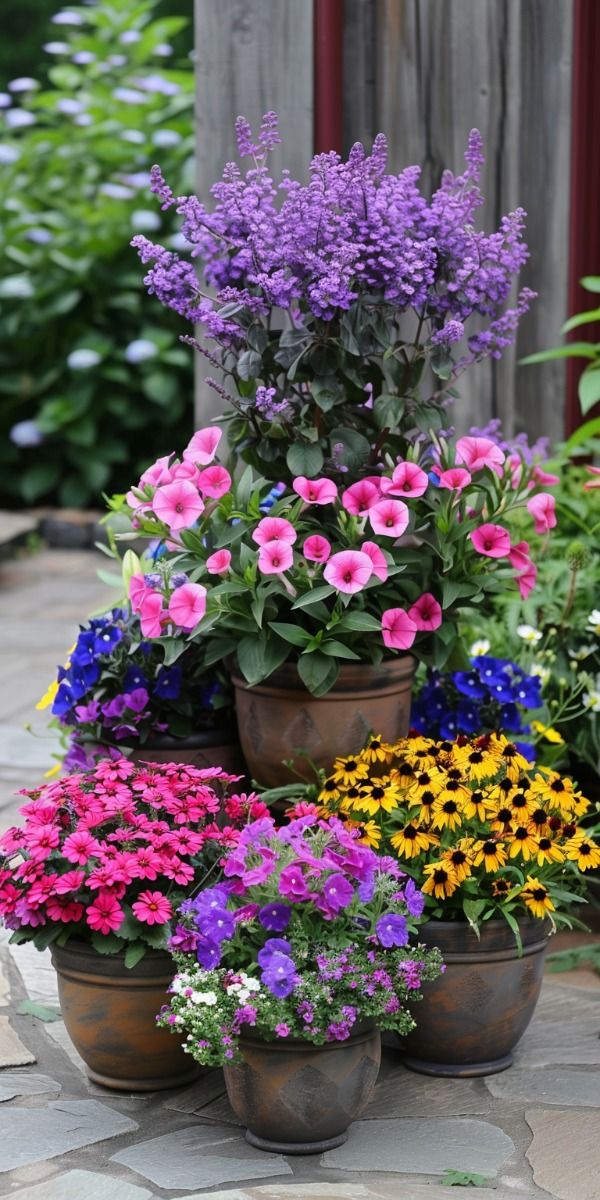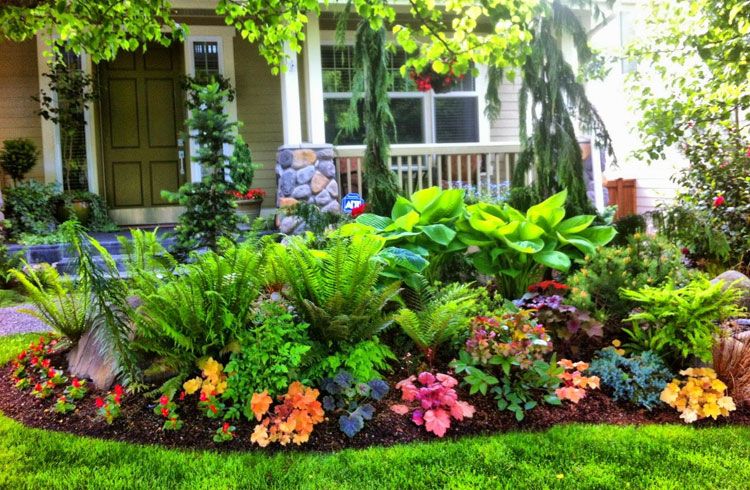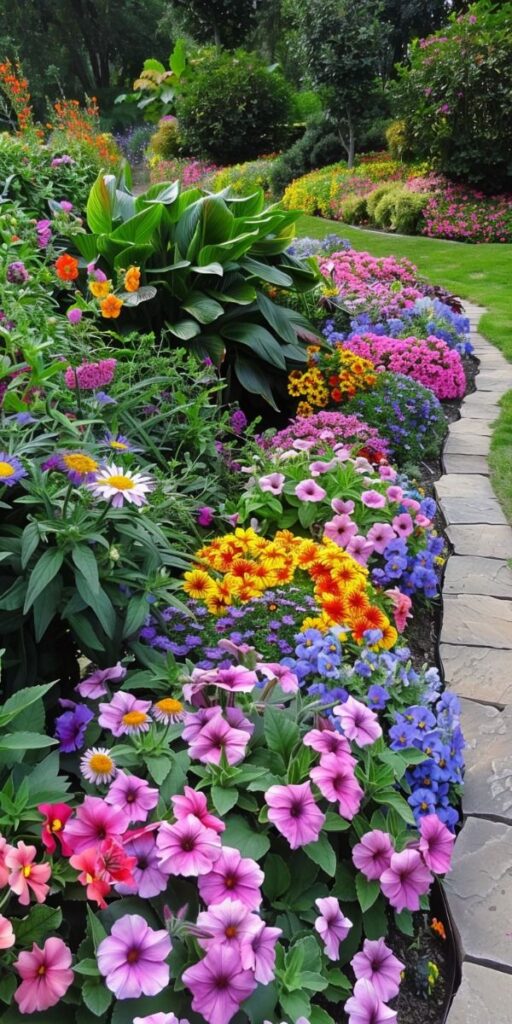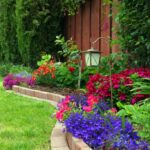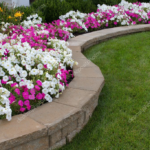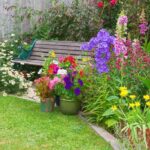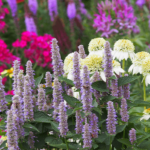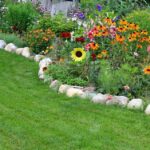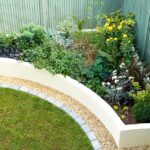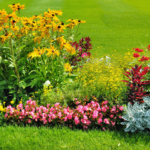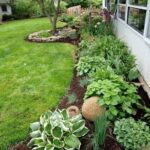Landscaping flower beds can add beauty and color to any outdoor space. Whether you have a small garden or a sprawling yard, incorporating flower beds into your landscape design can enhance the overall aesthetic of your property. There are many different styles and techniques to consider when designing and planting flower beds, so it’s important to plan carefully and choose the right plants for your specific location and climate.
One of the first steps in landscaping flower beds is to choose the right location for your beds. Consider factors such as sunlight, soil quality, and drainage when selecting a spot for your flower beds. Most flowers require at least six hours of sunlight per day, so choose a location that receives adequate sunlight. Additionally, make sure the soil in your chosen spot is well-draining and nutrient-rich to support healthy plant growth.
Once you have chosen a location for your flower beds, it’s time to design the layout of the beds. Consider the size and shape of your beds, as well as any existing landscaping features such as trees or shrubs. You can create linear beds along the edges of your property, circular beds in the middle of your yard, or even raised beds for a more formal look. Be creative and experiment with different layouts until you find a design that complements your overall landscape design.
When it comes to planting flowers in your beds, consider factors such as color, height, and bloom time. Choose a mix of annuals and perennials to ensure year-round color and interest in your beds. Consider planting taller flowers towards the back of the bed to create depth and visual interest, while shorter flowers can be placed towards the front of the bed to create a cohesive look. Be sure to research the specific care requirements for each type of flower you choose to ensure they thrive in your garden.
In addition to flowers, consider adding other landscaping elements to your flower beds to enhance the overall design. Rocks, mulch, and edging can add structure and visual interest to your beds, while also helping to define the boundaries of the bed. Consider adding a focal point, such as a decorative statue or water feature, to create a sense of balance and harmony in your landscape design.
Finally, don’t forget to regularly maintain your flower beds to keep them looking their best. This includes watering, fertilizing, weeding, and deadheading as needed to keep your plants healthy and vibrant. With a little planning and care, you can create beautiful and inviting flower beds that will enhance the overall beauty of your outdoor space for years to come.
